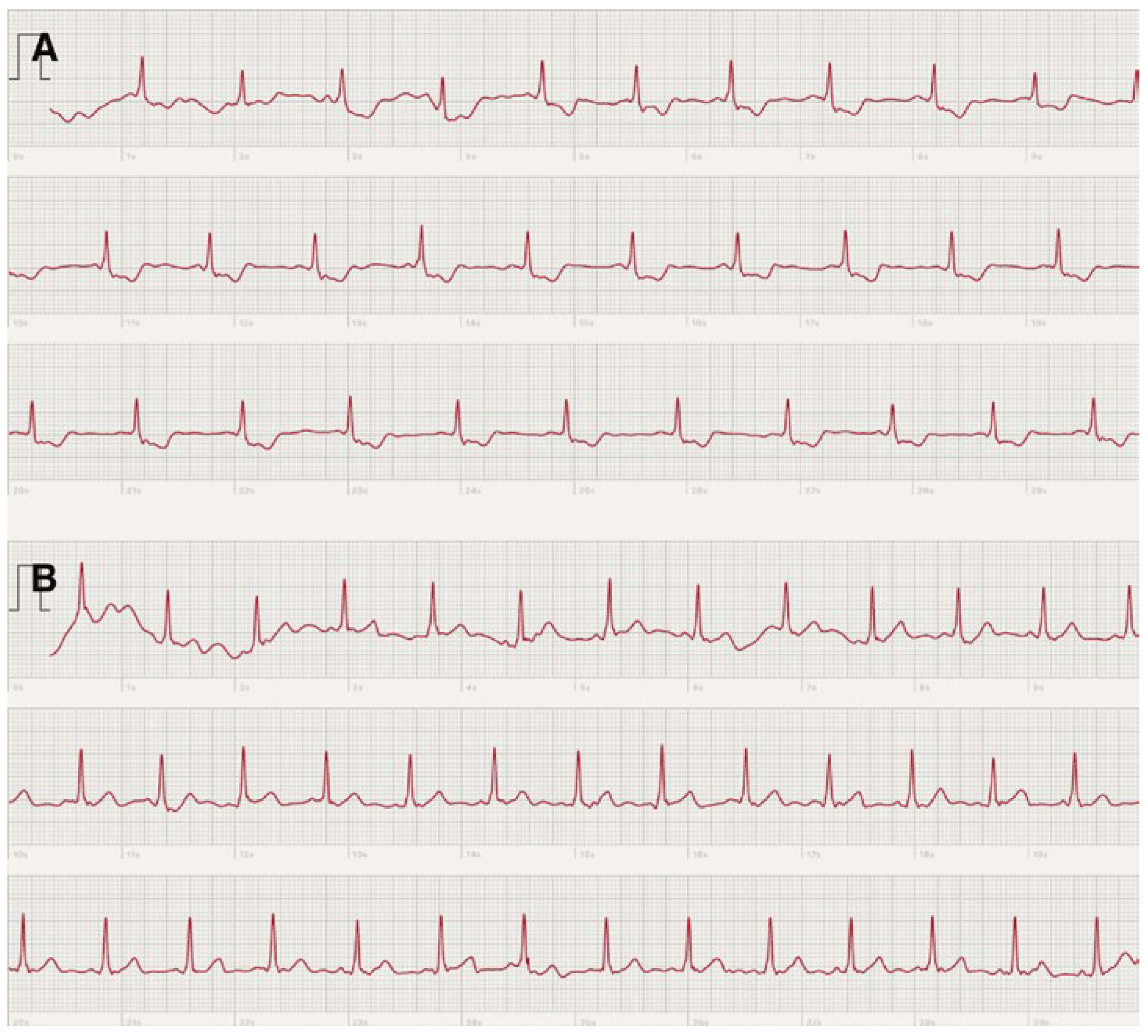Acute Chest Pain in the Era of Digital Watches
Share and Cite
Di Valentino, M.; Özkartal, T.; Menafoglio, A.; Regoli, F.; Cafarotti, S. Acute Chest Pain in the Era of Digital Watches. Cardiovasc. Med. 2023, 26, 138. https://doi.org/10.4414/cvm.2023.02238
Di Valentino M, Özkartal T, Menafoglio A, Regoli F, Cafarotti S. Acute Chest Pain in the Era of Digital Watches. Cardiovascular Medicine. 2023; 26(4):138. https://doi.org/10.4414/cvm.2023.02238
Chicago/Turabian StyleDi Valentino, Marcello, Tardu Özkartal, Andrea Menafoglio, François Regoli, and Stefano Cafarotti. 2023. "Acute Chest Pain in the Era of Digital Watches" Cardiovascular Medicine 26, no. 4: 138. https://doi.org/10.4414/cvm.2023.02238
APA StyleDi Valentino, M., Özkartal, T., Menafoglio, A., Regoli, F., & Cafarotti, S. (2023). Acute Chest Pain in the Era of Digital Watches. Cardiovascular Medicine, 26(4), 138. https://doi.org/10.4414/cvm.2023.02238




